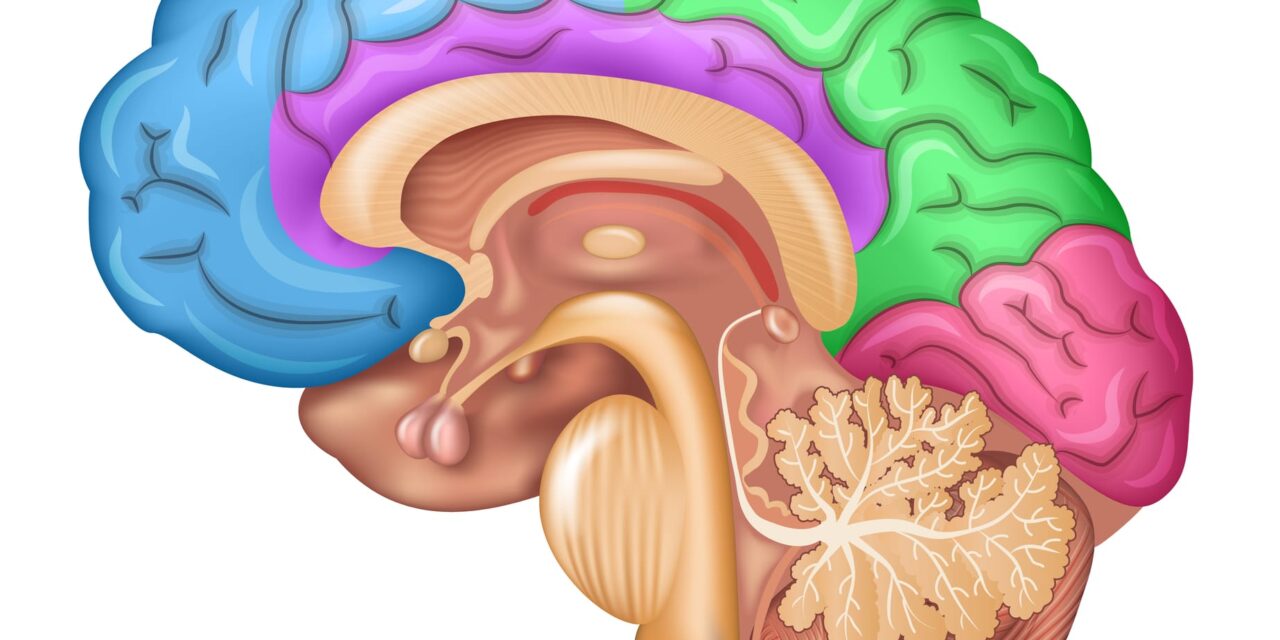Summary: New research suggests lower proportions of slow wave and REM sleep stages are linked to reduced brain volume in regions vulnerable to Alzheimer’s disease, potentially impacting long-term cognitive health.
Key Takeaways:
- The inferior parietal region, known for early structural changes in Alzheimer’s, was particularly affected.
- Sleep patterns measured years earlier were linked to brain volume decreases observed over a decade later.
- Sleep architecture may be a modifiable risk factor, presenting opportunities to delay or reduce Alzheimer’s risk through interventions.
New research reveals that lower proportions of specific sleep stages are associated with reduced brain volume in regions vulnerable to the development of Alzheimer’s disease over time.
Results show that individuals with lower proportions of time spent in slow wave sleep and rapid eye movement sleep had smaller volumes in critical brain regions, particularly the inferior parietal region, which is known to undergo early structural changes in Alzheimer’s disease. The results were adjusted for potential confounders including demographic characteristics, smoking history, alcohol use, hypertension, and coronary heart disease.
“Our findings provide preliminary evidence that reduced neuroactivity during sleep may contribute to brain atrophy, thereby potentially increasing the risk of Alzheimer’s disease,” says lead author Gawon Cho, who has a doctorate in public health and is a postdoctoral associate at Yale School of Medicine, in a release. “These results are particularly significant because they help characterize how sleep deficiency, a prevalent disturbance among middle-aged and older adults, may relate to Alzheimer’s disease pathogenesis and cognitive impairment.”
The study involved an analysis of data from 270 participants who had a median age of 61 years. Fifty-three percent were female, and all participants were white. Individuals were excluded from the analysis if they previously had a stroke or probable dementia or other significant brain pathology. The research utilized polysomnography to assess baseline sleep architecture.
Advanced brain imaging techniques were used to measure brain volumes 13 to 17 years later.
According to the authors, the study demonstrates an important association between sleep and long-term brain health, and it highlights potential opportunities to reduce the risk of Alzheimer’s disease.
“Sleep architecture may be a modifiable risk factor for Alzheimer’s disease and related dementias, posing the opportunity to explore interventions to reduce risk or delay Alzheimer’s onset,” Cho says.
The researchers emphasized that further investigation is needed to fully understand the causal relationships between sleep architecture and Alzheimer’s disease progression.
ID 54986718 © Guniita | Dreamstime.com










